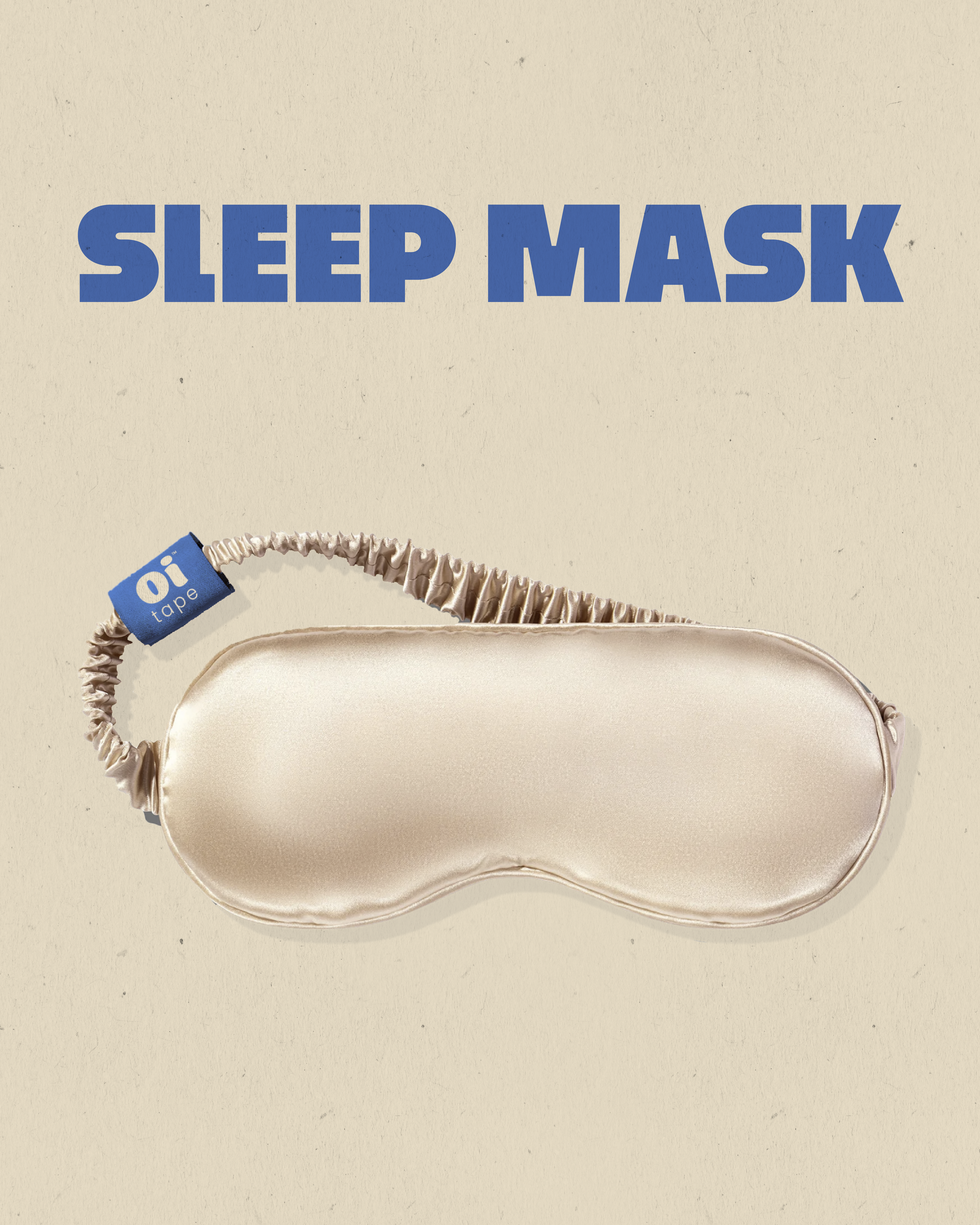

Demystifying REM Sleep Cycles: How They Impact Your Health
What Is REM Sleep?
REM (Rapid Eye Movement) sleep is a critical stage of the sleep cycle that promotes memory, learning, and emotional balance. During this stage, your brain becomes highly active, your body temporarily paralyzes to prevent movement, and vivid dreams occur. Understanding REM sleep cycles is the first step toward improving your overall sleep quality and well-being.
How Long Are Sleep Cycles?
A full sleep cycle typically lasts 90–120 minutes and includes both NREM (Non-Rapid Eye Movement) and REM stages.
-
Stage 1 (Light Sleep): Transition into sleep.
-
Stage 2: Heart rate slows, body temperature lowers.
-
Stage 3 (Deep Sleep): Physical recovery and immune repair.
-
REM Sleep: Brain activity peaks, dreams occur, and memory consolidates.
As the night progresses, deep sleep decreases while REM cycles become longer and more restorative.
Quick Answer: A sleep cycle lasts 90–120 minutes. REM sleep starts at about 10 minutes early in the night and can last up to an hour toward morning.
Related Read: Dream Data: Why Everyone Should Be Tracking Their Sleep
Why Is REM Sleep Important?
REM isn’t just dream time—it’s when your body and brain recharge at the deepest level.
-
Cognitive Benefits: Improves memory, creativity, and learning.
-
Emotional Balance: Regulates mood, reduces stress, and supports mental resilience.
-
Physical Health: Increases oxygen use in the brain and supports repair at the cellular level.
Lack of REM sleep is linked to impaired focus, anxiety, depression, and memory issues. Prioritizing REM sleep cycles is vital for long-term health.
Related Read: Alcohol and Sleep: What It’s Really Doing to Your Sleep
Tips to Improve REM Sleep Cycles
-
Exercise Consistently – 30 minutes of moderate activity most days helps regulate sleep but avoid late-night workouts.
-
Optimize Your Sleep Environment – Keep your bedroom dark, quiet, and cool. Use blackout curtains, white noise, and supportive bedding.
-
Follow a Bedtime Routine – Try reading, meditation, or herbal teas. Lavender aromatherapy can help signal your body to relax.
-
Limit Stimulants – Reduce caffeine, alcohol, and screen use before bed to prevent disrupted cycles.
Related Read: 4 Relaxation Tools for Your Best Night’s Sleep
FAQs About REM Sleep Cycles
Q: How long is a REM sleep cycle?
A: REM sleep cycles usually start around 10 minutes and extend up to 60 minutes later in the night.
Q: When does REM sleep occur?
A: REM sleep begins about 90 minutes after falling asleep and repeats multiple times throughout the night.
Q: Why do we dream in REM sleep?
A: REM sleep activates brain regions linked to memory and emotion, which is why most vivid dreams happen during this stage.
Q: How can I get more REM sleep?
A: Improve sleep hygiene—exercise regularly, optimize your bedroom, and follow a calming bedtime routine.
Related Read: Conquer Jet Lag: Strategies for a Smooth Transition Across Time Zones
Key Takeaways
-
REM sleep cycles are essential for memory, learning, and emotional health.
-
A full sleep cycle lasts 90–120 minutes, with REM stages lengthening toward morning.
-
Simple lifestyle changes can significantly improve the quality of REM sleep.
Action Step: Start tonight by improving your bedtime environment and routine to unlock the benefits of deeper REM sleep cycles.
Related Read: Why Better Sleep Leads to Better Sex





